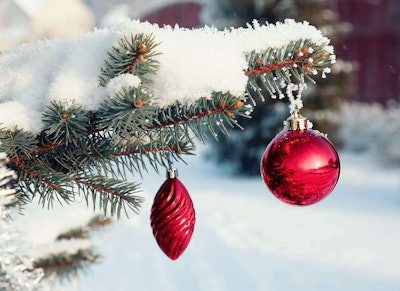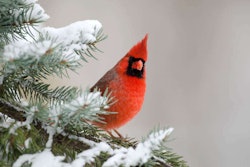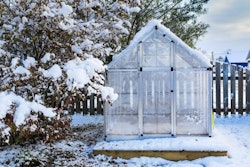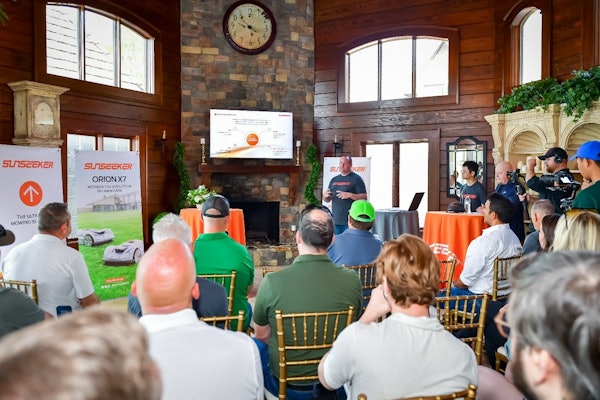
To serve as a Christmas tree, evergreens don’t have to be cut off at the ankles. There is always the possibility of purchasing a tree with the roots still intact, which will allow customers to enjoy the live, indoor Christmas tree they crave before transferring it to their yard.
Customers might not have as many varieties to pick from when choosing a “balled-and-burlapped” tree, which are trees that have been grown in a field, then dug with their roots intact and wrapped in a burlap ball for transplanting. Some evergreens may also have been grown in containers.
Frasier firs are a consumer favorite when it comes to Christmas trees, but once the summer heat arrives, they may be more at risk than other options. Other good types are the concolor fir, Colorado blue spruce, Douglas fir, Norway spruce and the Nordmann fir, although Douglas firs are known to be more susceptible to disease and Nordmann firs are a favorite of deer.
While the odds of the tree’s survival aren’t always as promising as they would be in the spring and early fall planted trees, if customers follow a few recommended steps, it’s possible to have the best of both worlds indoors and out.
Step one, two, and three
Whether you are the one planting the tree or your customers decide to take on the task themselves, the first step is to dig up the soil now and save it in a no-freeze location, just in case the temperatures drop drastically after Christmas.
Mix in anywhere from 10 to 20 percent compost, decaying leaves or any kind of similar organic matter. This will help improve the health and nutrition of the saved soil. Be sure that a board or some other kind of marking is put over/around the hole to keep people from falling in.
Three days before taking the tree inside, transition the tree by placing it in an area that is unheated and protected, such as a porch or garage. The less time the tree spends inside, the better. Ideally, the tree should not stay inside for more than seven to 10 days.
When it comes time to display the tree inside, it should be placed in a large, water-tight container. Mulch should then be placed around the rootball to keep it held in place.
Step four, five, and six
After being moved inside, the rootball should be checked regularly for moisture. Plain, room-temperature water should be used as needed. It’s imperative to remember not to overwater it. Having it stay damp is good, but soggy is definitely bad.
Once the Christmas festivities have come to a close, the tree should be moved back outside to its unheated and protected area for another transition period; this can be anywhere from two to three days. After the transition period, the tree can be planted as it would be in the spring, using the saved, nourished and unfrozen soil.
Once the tree is planted, it should be watered immediately, and the bed should be soaked weekly throughout the winter if the ground is bare, frozen or dry or looks like it may become so. If the winter becomes unseasonably warm and dry, the bed will need to be watered several times to keep the roots from drying out and dying.










